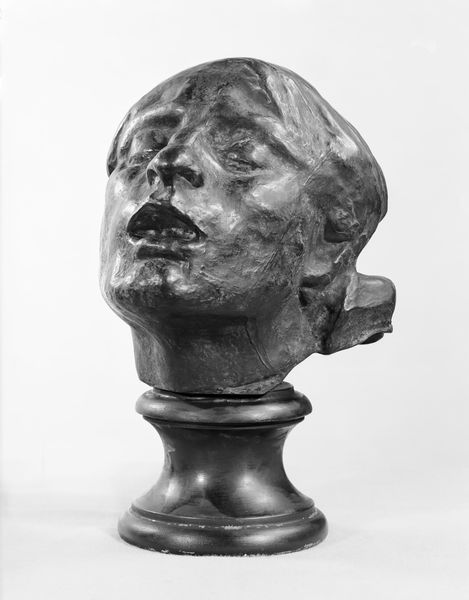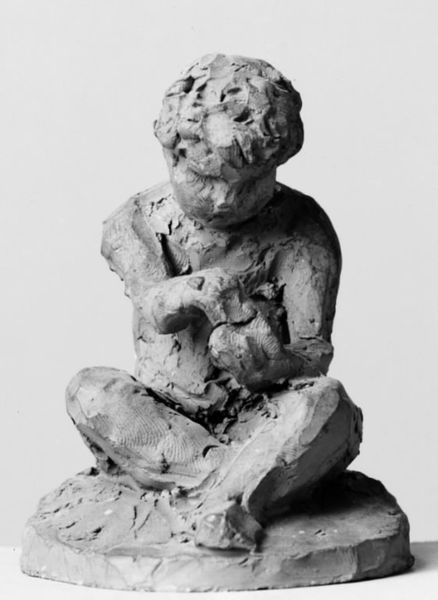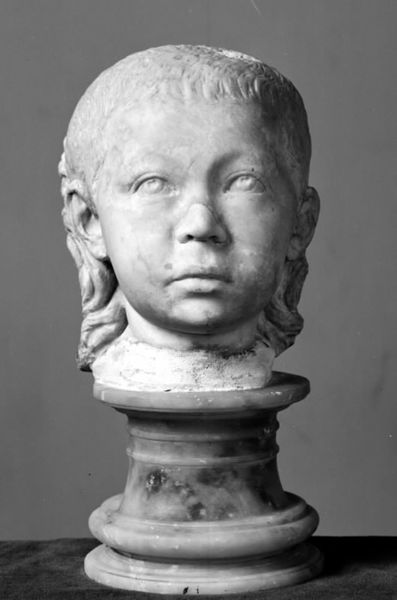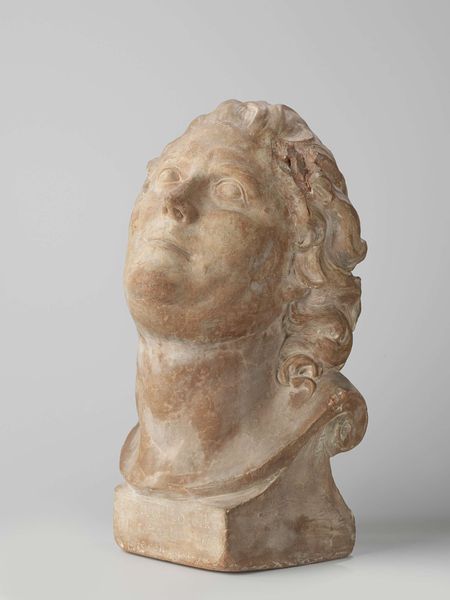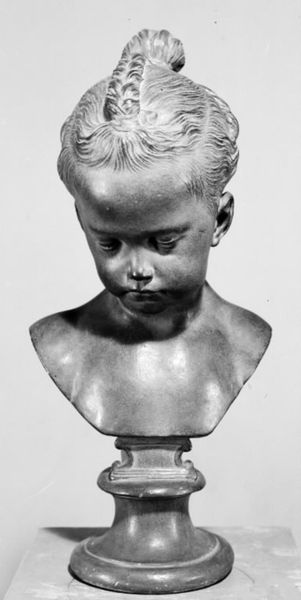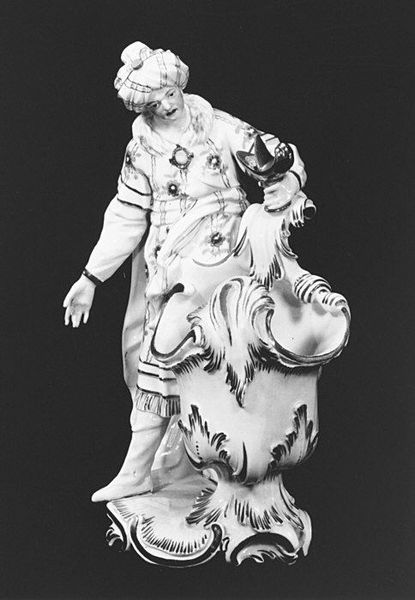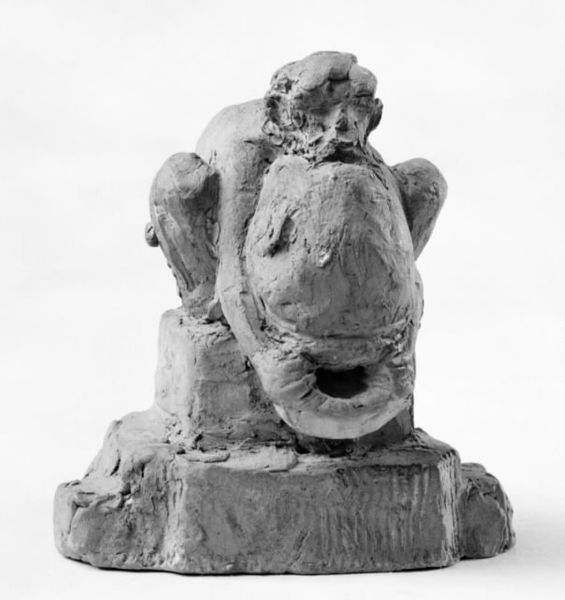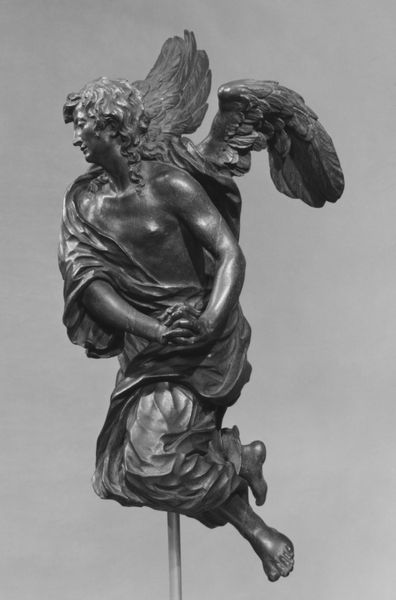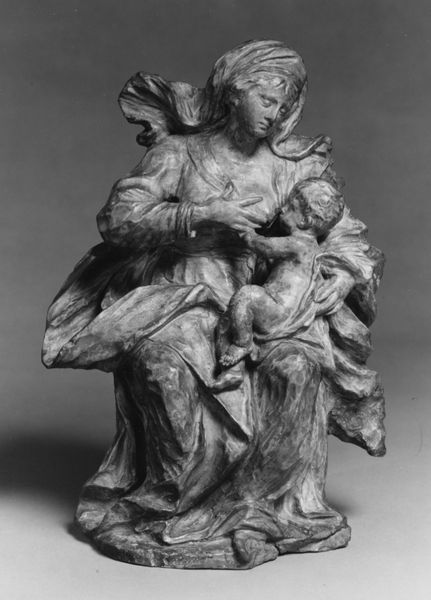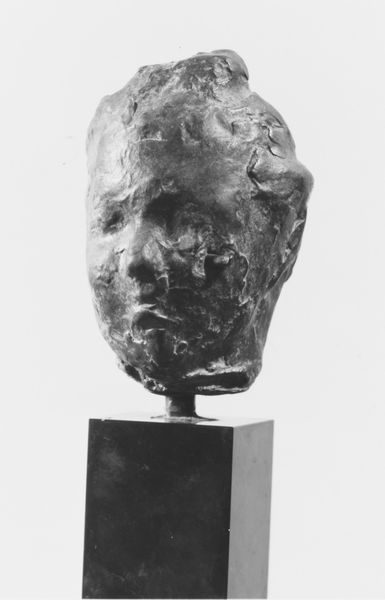
Head and wings of an angel and forehead of another 1470 - 1495
0:00
0:00
sculpture, marble
#
portrait
#
sculpture
#
figuration
#
11_renaissance
#
sculpture
#
decorative-art
#
marble
#
early-renaissance
#
angel
Dimensions: Overall (confirmed): H. 9 1/16 x W. 8 1/4 x D. 7 3/8 in., Wt. 20lb. (23 x 21 x 18.7 cm, 9.0719kg)
Copyright: Public Domain
Curator: Before us stands Antonio Rossellino’s marble sculpture, “Head and wings of an angel and forehead of another,” created between 1470 and 1495. It resides here at the Metropolitan Museum of Art. Editor: The first thing I notice is the intense, almost unsettling expression on the angel's face. And that cool, smooth marble...it begs to be touched. Curator: Indeed. The artist skillfully used the marble to render incredibly lifelike textures, from the soft curls of the angel's hair to the delicate feathers of its wings. Rossellino clearly understood the properties of his medium, coaxing this figure from the very stone. Editor: It makes you think about the labor involved, doesn't it? All the careful chiseling, the physical act of revealing the form from within the rock. I wonder about Rossellino’s workshop, the other hands involved in bringing this to fruition, and the socioeconomic factors that underpinned it all. Who had access to this marble, these workshops, at the time? Curator: A valid point. Considering Renaissance patronage structures sheds light on this work. However, the elegance is in the piece itself. Notice how the composition leads your eye; the arrangement of the wings, how the turn of the head directs your gaze towards the other barely perceptible forehead...a fragment. It alludes to something beyond what we see, a higher celestial realm. Editor: True, it speaks of the unseen. But I keep coming back to the material. Marble was associated with status, power. Was this piece meant for a private chapel, commissioned by a wealthy family, further reinforcing class hierarchies of the time? Even angelic representation served sociopolitical purposes. Curator: Perhaps, and your view enriches the meaning here. Nevertheless, the formal qualities—the interplay of light and shadow on the carved surfaces, the overall sense of harmony—remain captivating irrespective of such factors. Editor: Oh, I'm captivated, but context always matters! I can admire its aesthetic qualities while also considering its production and societal role. The convergence is powerful. Curator: Indeed. It has been such an engaging conversation. Thank you for that insightful exchange. Editor: My pleasure! A perfect blend of form and...well, the real world, perhaps?
Comments
No comments
Be the first to comment and join the conversation on the ultimate creative platform.
